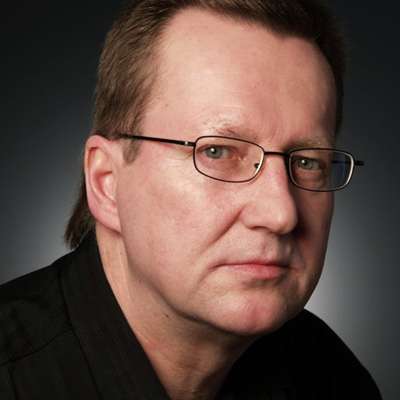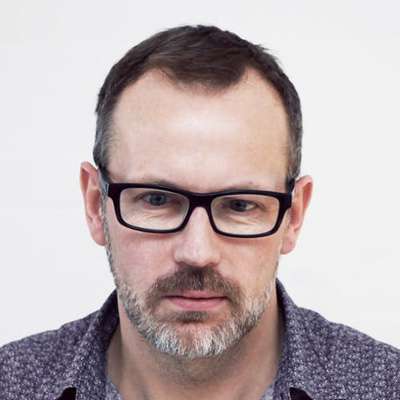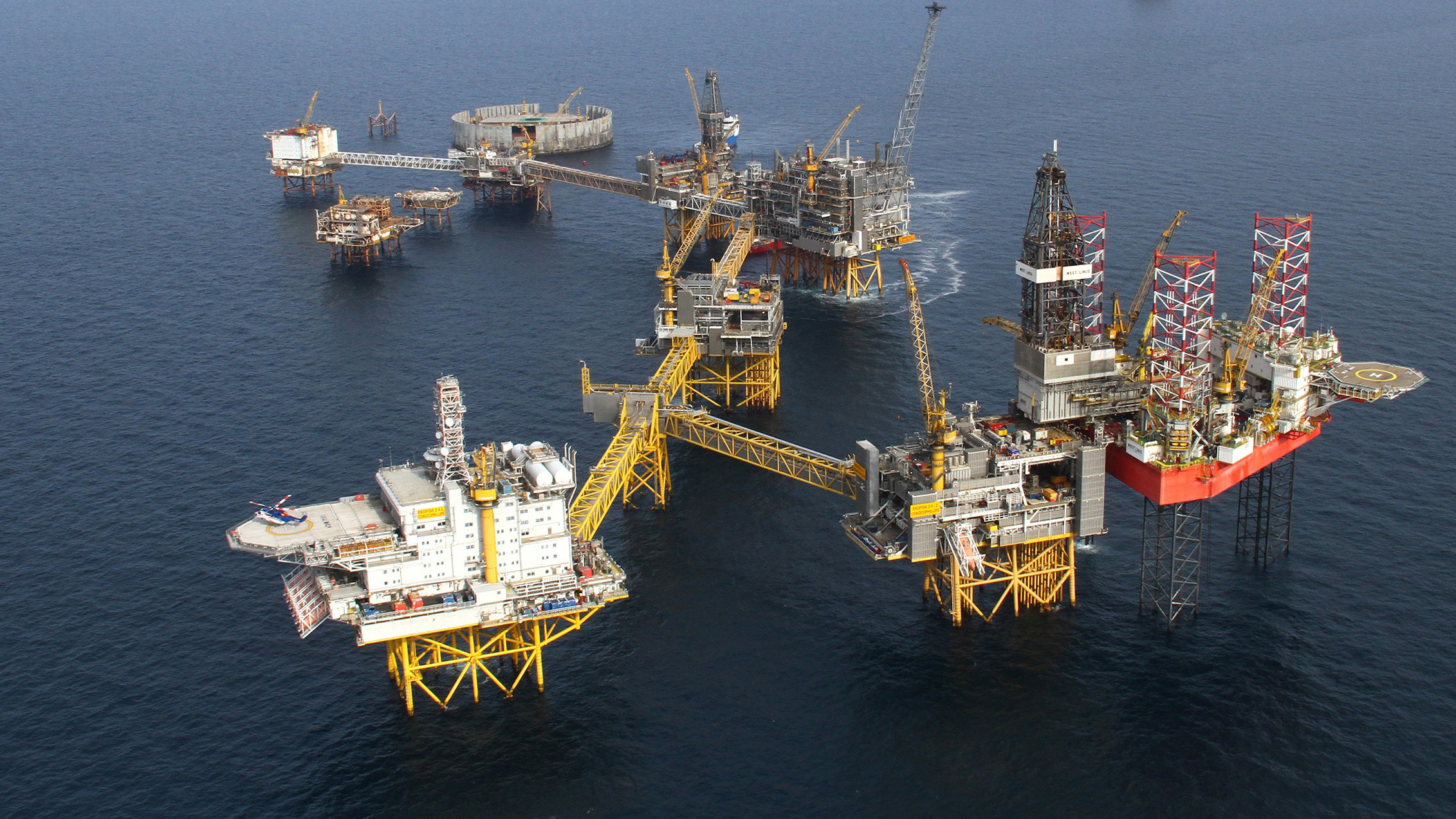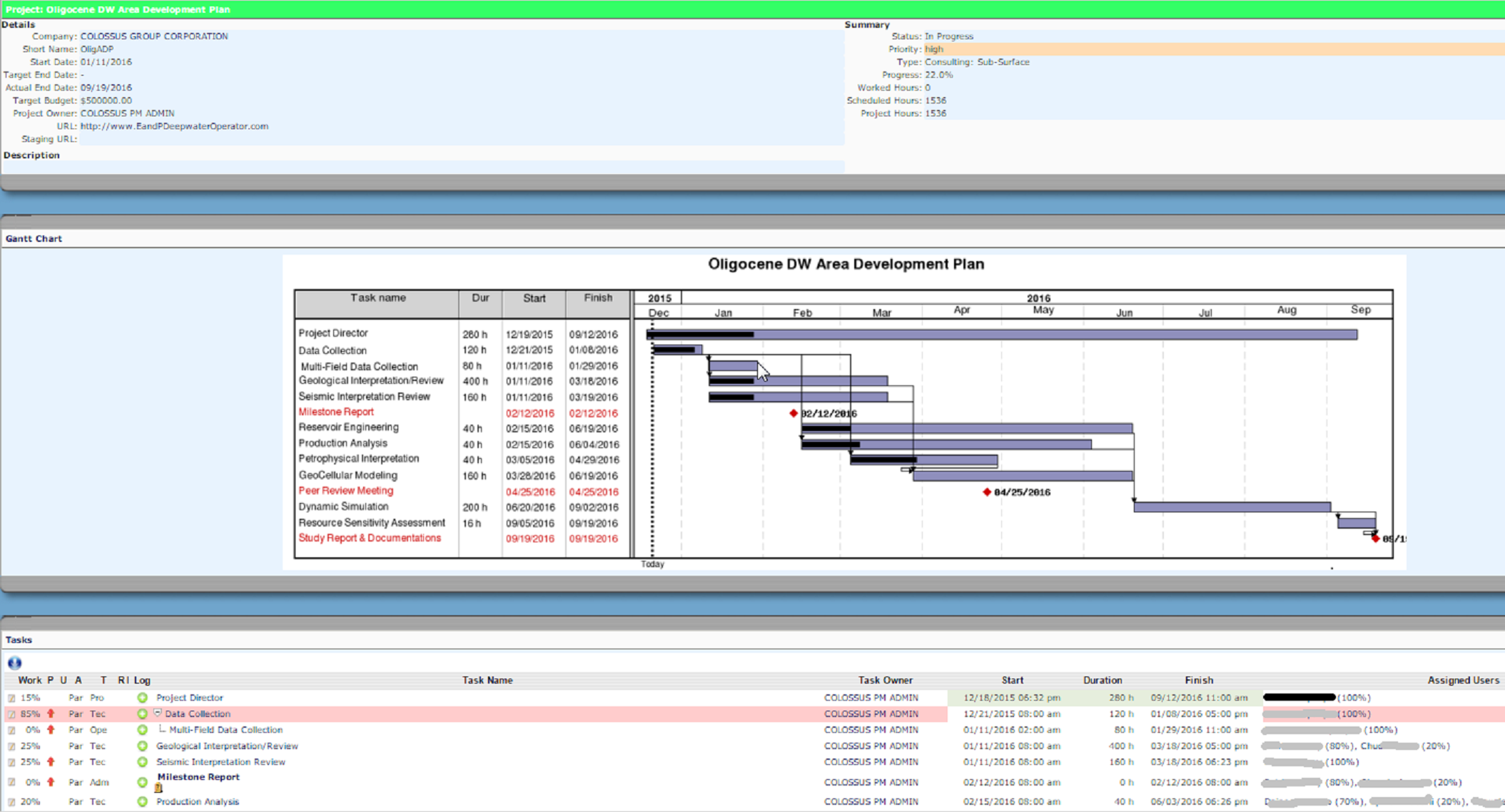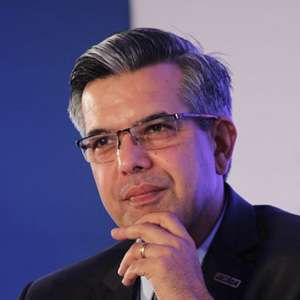 COLOSSUS GROUP
envisage | ACTUALIZE
COLOSSUS GROUP
envisage | ACTUALIZE
Products & Services
We understands that selecting 1) the appropriate software technology, 2) efficient Project Management team or 3) the Right Expertise for your project team, department or entire company can be a challenge. COLOSSUS GROUP offer services to support your efforts to addressing these objectives.

Preparing all Technical Processes required to Optimally Develop an Oil & Gas Field
Located in the Mangshrak Basin of Western Kazakhstan, COLOSSUS prepared the Field Development Plan for the BNB Munai Four Fields [Aksaz, Dolinnoe, Emir and Kariman].
This included but not limited to the Geophysical Interpretation, Geologic Modeling, Reservoir Simulation, Production Engineering and Forecasting. Schedule A Consultation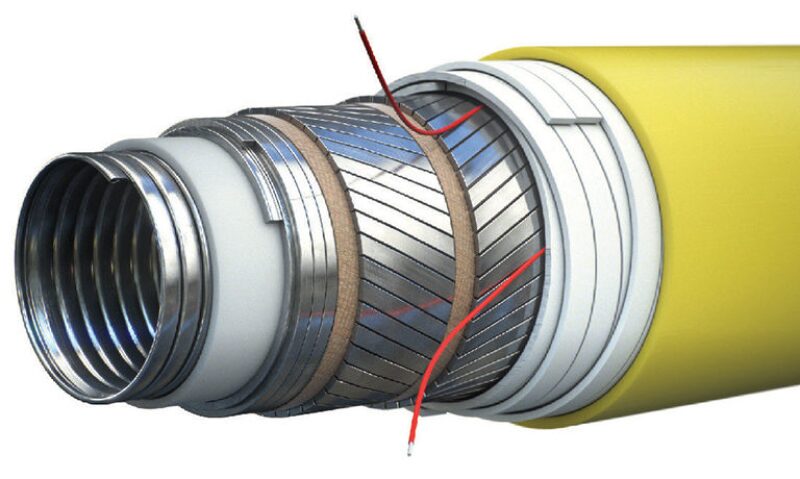
Lianzi - Direct Electric Heating (DEH) Subsea Tie-Back
COLOSSUS PM managed the complex Chevron LIANZI Front End Engineering Design (FEED) project. Located Offshore Angola, it was the first DEH Subsea Tie-Back in the Gulf of Guinea.
The project included the following divisions: Subsea Production Systems, Pipeline, Flow Assurance, Operability, Asset & Integrity, Engineering Drawing, Cost and Document Control, all working in tandem. Schedule A Consultation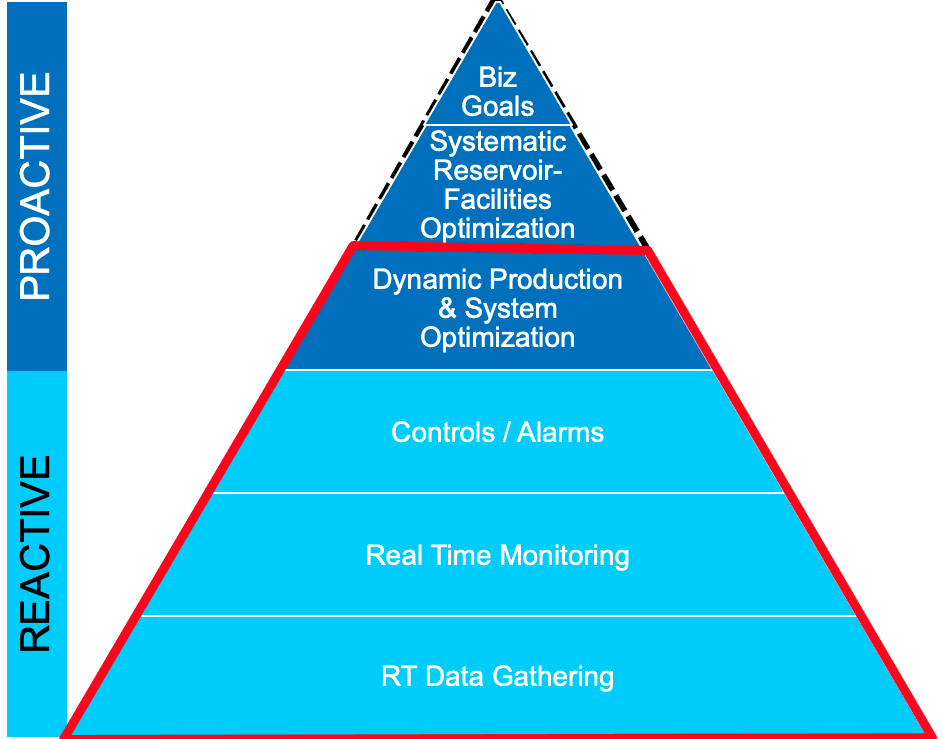
North Kuwait Digital Oil Field: Production Performance Optimization
COLOSSUS PM managed the development and implementation of multiple automated workflows to help understand all North Kuwait 5 fields Reservoir Behavior, Optimize ESP Artificial Lift constraints, creating Production Performance Optimization Opportunities through integration of DOF technologies.
Schedule A Consultation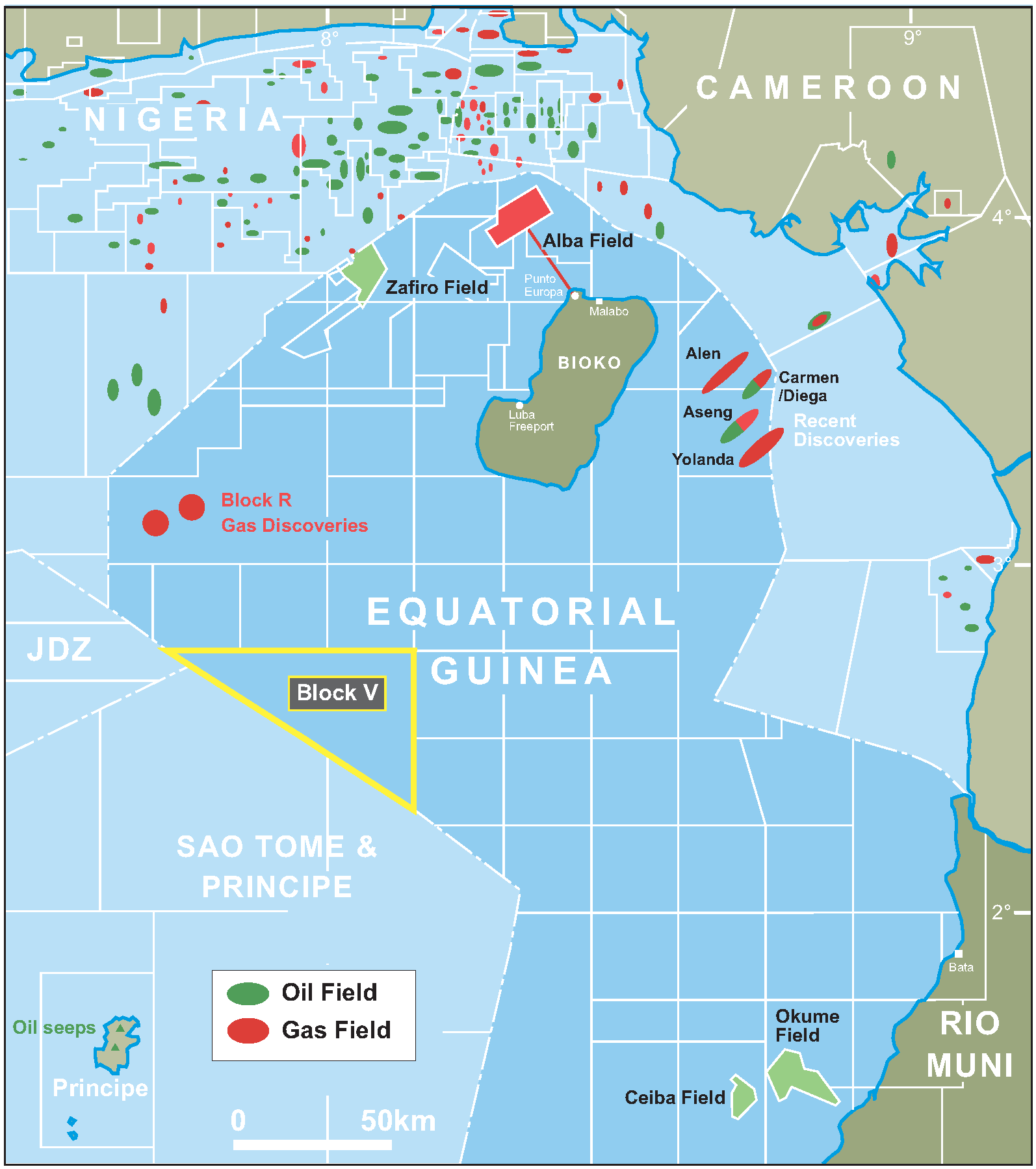
Equatorial Guinea Offshore Prospect Evaluation
COLOSSUS conducted a Full Field Appraisal of Offshore Resources in the Equatorial Guinea Offshore Blocks following a Licensing Round. This included the Distal Niger Delta, Douala and Rio Muni Basins.
The project comprised of Data Room Assessment, Regulatory Framework Review, Production Historical Review of Analog Fields and KPI, Prospect Evaluation Overview, Field Development Scenarios with Sensitivities, and Negotiation Road map. Schedule A ConsultationTo offers a range of quality and cost effective services in design, engineering, procurement & construction, project and operations management.
Frequently Asked Question
Happy Clients

